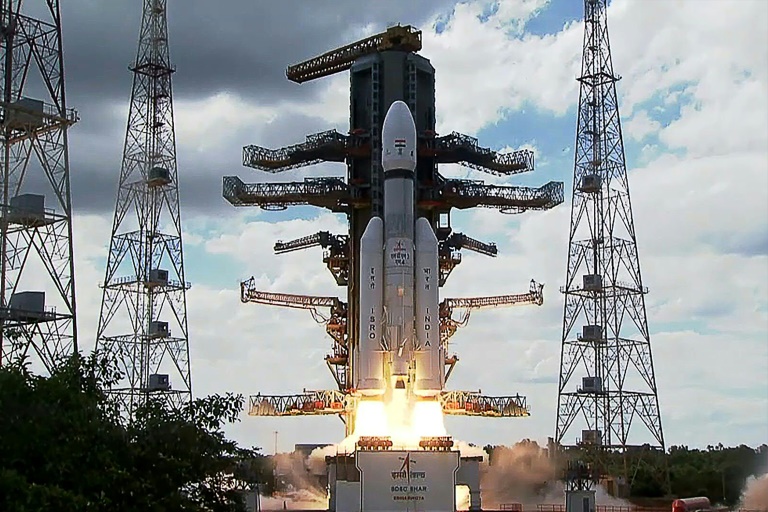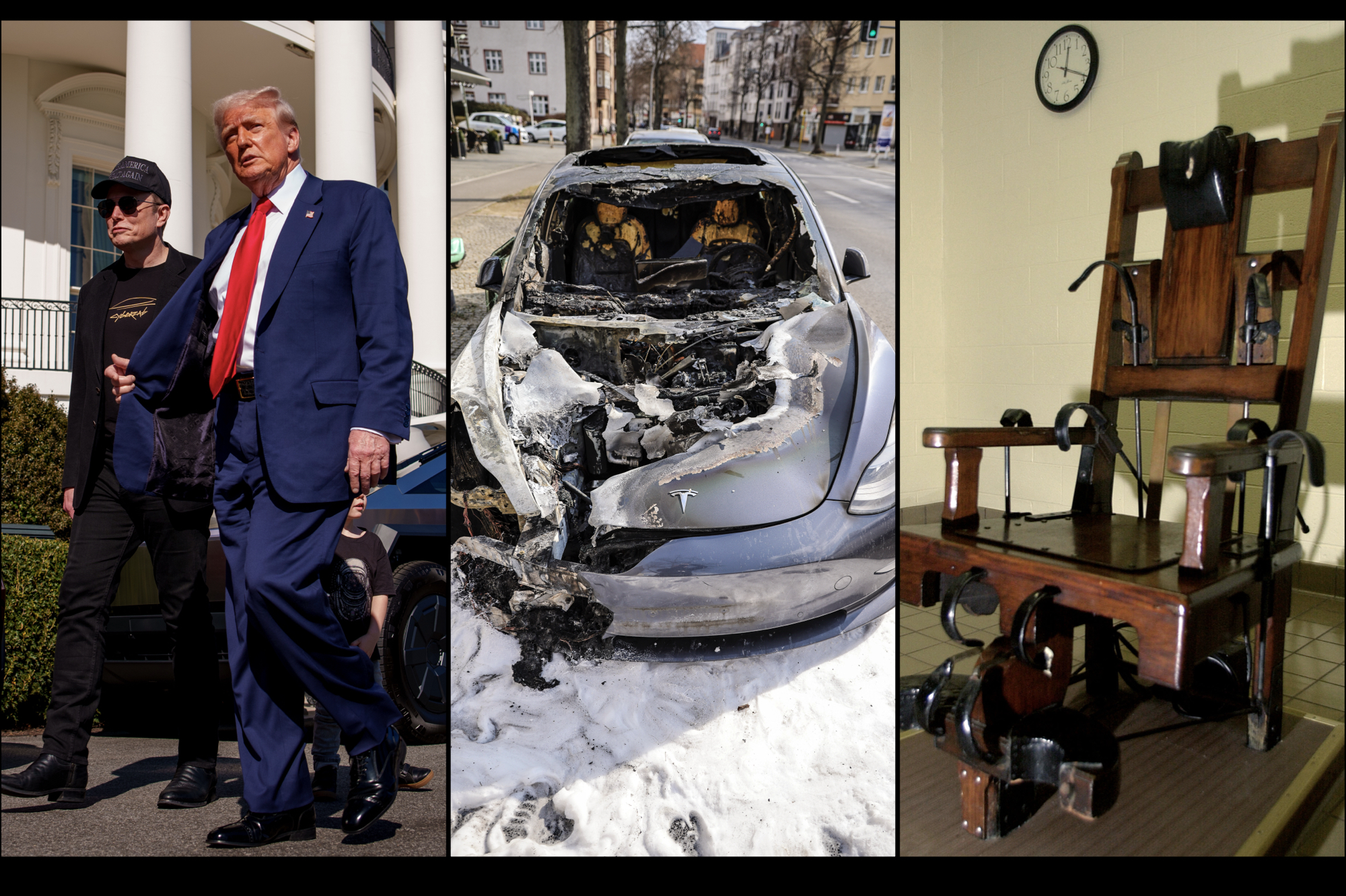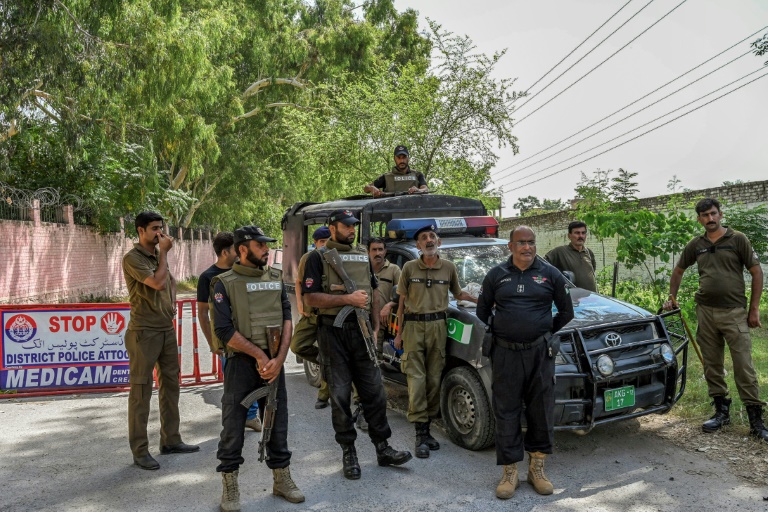KEY POINTS
- The rover “unambiguously” confirmed the presence of sulfur near the moon’s south pole
- The rover continues to find hydrogen on the lunar surface, ISRO said in a statement.
- One of the rover’s main aims is to find signs of frozen water during its 14-day research period
India’s moon rover, which is currently roaming around the rocks and craters on the lunar surface, has “unambiguously” confirmed the presence of sulfur near the moon’s south pole.
The Indian Space Research Organization (ISRO) said the Pragyan rover of the Chandrayaan-3 mission made the discovery using the Laser-Induced Breakdown Spectroscopy (LIBS) instrument.
“The Laser-Induced Breakdown Spectroscopy (LIBS) instrument onboard Chandrayaan-3 Rover has made the first-ever in-situ measurements on the elemental composition of the lunar surface near the south pole,” ISRO said in a statement. “These in-situ measurements confirm the presence of Sulphur (S) in the region unambiguously, something that was not feasible by the instruments onboard the orbiters.”
The rover also detected the presence of a number of other elements, including aluminum, calcium, iron, chromium, titanium, manganese, silicon and oxygen, while the quest to find hydrogen continues.
Chandrayaan-3 Mission:
In-situ scientific experiments continue …..
Laser-Induced Breakdown Spectroscope (LIBS) instrument onboard the Rover unambiguously confirms the presence of Sulphur (S) in the lunar surface near the south pole, through first-ever in-situ measurements.… pic.twitter.com/vDQmByWcSL
— ISRO (@isro) August 29, 2023
ISRO explained that the LIBS instrument onboard the Chandrayaan-3 rover uses intense laser pulses to analyze the composition of materials.
“A high-energy laser pulse is focused onto the surface of a material, such as a rock or soil. The laser pulse generates an extremely hot and localized plasma,” ISRO said. “The collected plasma light is spectrally resolved and detected by detectors such as Charge Coupled Devices. Since each element emits a characteristic set of wavelengths of light when it’s in a plasma state, the elemental composition of the material is determined.”
The Pragyan rover rolled down a ramp from the lander last week following the Chandrayaan’3 mission’s landing on the moon. The feat made India the first nation to achieve a successful soft landing near the little-explored lunar south pole and the fourth country after the U.S., China and the former Soviet Union to land a spacecraft on the lunar surface.
ISRO continues to share updates about the rover’s journey. The space agency recently noted that Pragyan had encountered a 4-meter diameter crater 3 meters ahead of its location on Sunday. “The Rover was commanded to retrace the path,” ISRO wrote on Twitter. “It’s now safely heading on a new path.”
One of the rover’s main aims is to hunt for signs of frozen water on the lunar surface. It will also study the moon’s atmosphere and seismic activity in its 14-day research period, which began on Aug. 23.







